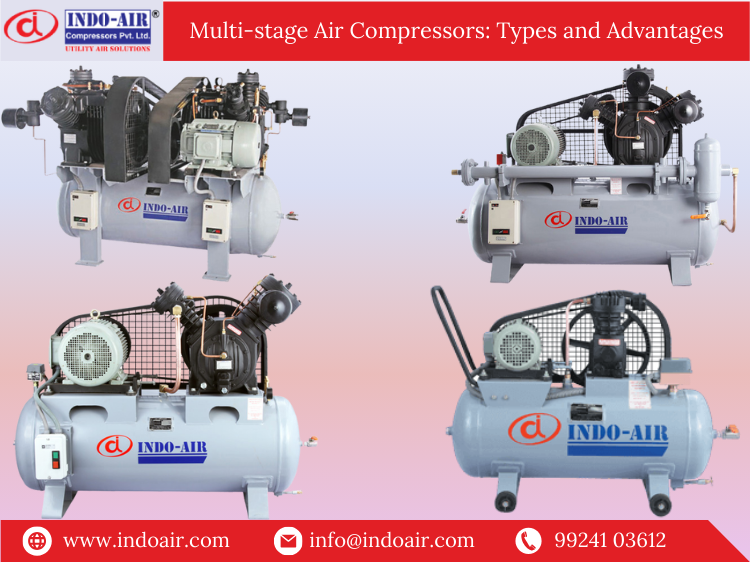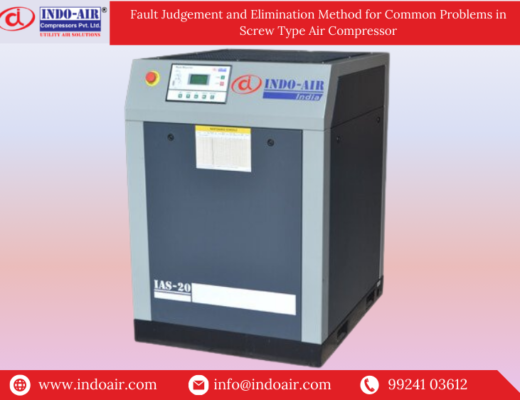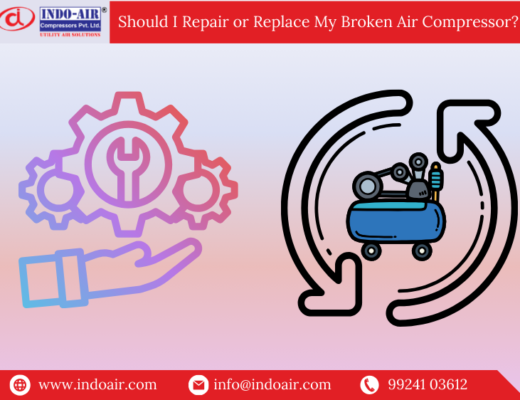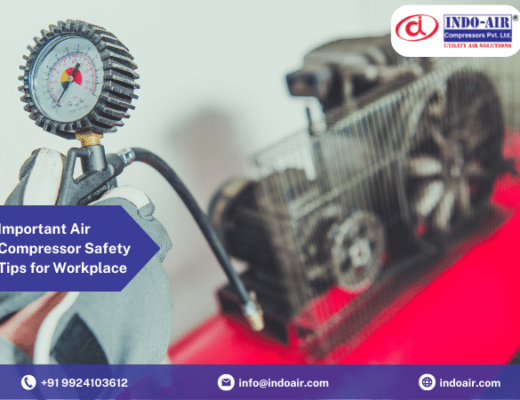As the name suggests, multi-stage compressors generate higher airflow (CFM) or reach higher pressures than single-stage compressors can. They accomplish this by using multiple stages of compression. In the air compressor sector, these workhorses might be two- or even three-stage compressors. The air compressor manufacturers in ahmedabad can help you explain the importance and need of when will a single-stage compressor be enough, and when are multi-stage compressors worth.
How Multi-Stage Compressors Work?
Two- or three-stage multi-stage compressors that are rotary screw or piston-style are also possible. Both types of multi-stage compressors operate on essentially the same principles.
- After entering the compressor air end, atmospheric air is compressed once by the use of rotors or pistons.
- After that, the air passes through an intercooler cooling cycle. This keeps the compressor from overheating by allowing moisture to escape.
- After being cooled and compressed, the air enters a second set of pistons or rotors and is compressed one more time.
- The procedure is repeated for an air compressor that has three or even four stages.
Types of Multi-Stage Compressors
Both reciprocating air compressor and rotary-screw air compressors are available as multi-stage compressors.
While specialized high-pressure air compressors (either 3- or 4-stage) can achieve pressures of 2,000–6,000 PSI for breathing air and other uses, a dual-stage air compressor can only reach pressures of about 175 PSI. For conventional working pressures, an industrial air compressor with many stages is typically utilized to deliver a higher volume of air (measured in cubic feet per minute, or CFM).
Multi-Stage Piston Compressors
Multiple sets of pistons with increasingly smaller circumferences make up a multiple-stage piston compressor. A piston chamber, also known as a cylinder, is filled with air, which is compressed into a smaller volume as the piston descends, increasing the pressure. During the first stage of compression in a dual-stage piston compressor, air is typically compressed to about 120 PSI. The piston chamber’s air is sent to an intercooler system, which uses blown air or water to lower the temperature. The following cylinder receives the cooled air for further compression. Approximately 175 PSI of pressure can be reached in the second compression step. Adding more cylinders could result in greater CFM or more compression.
Multi-Stage Rotary Screw Air Compressors
Air is forced between two interlocking helical screws in a rotary screw air compressor, which compresses the air as they turn into a progressively smaller space. Two sets of synchronized rotors are found in a two-stage rotary screw air compressor. One pair may be placed beneath the other in a common rotor housing. As an alternative, they might be arranged end to end, with every set housed in its own container. A geared drive or a straight drive is used to turn the rotors. The task of compression is split between the two rotor systems. Rotating screw compressors with two stages are typically employed in high-CFM applications where pressures range from 100 to 175 PSI.
High-Pressure Air Compressors
Typically, 3- or 4-stage piston compressors are used in specialty high-pressure air compressors. They have the capacity to compress air to pressures of at least 6,000 PSI. These air compressors are utilized for specialized uses that call for extremely high PSI, like paintball, firefighting, scuba diving, and some industrial uses.
Advantages of Multi-Stage Compressors
- More energy efficient
- Less moisture
- Reduced overheating
- Improved reliability
- Smaller size per CFM
Applications
The majority of the time, multiple-stage compressors are offered in 100 HP and higher horsepower variants. They are more frequently employed to deliver greater CFM at ordinary working pressures than to deliver high pressures. Multi-stage compressors are frequently used in industrial settings, such as the energy, general manufacturing, automotive, and chemical production industries, where massive volumes of air are produced at plant pressures typically between 100 and 120 PSI.




